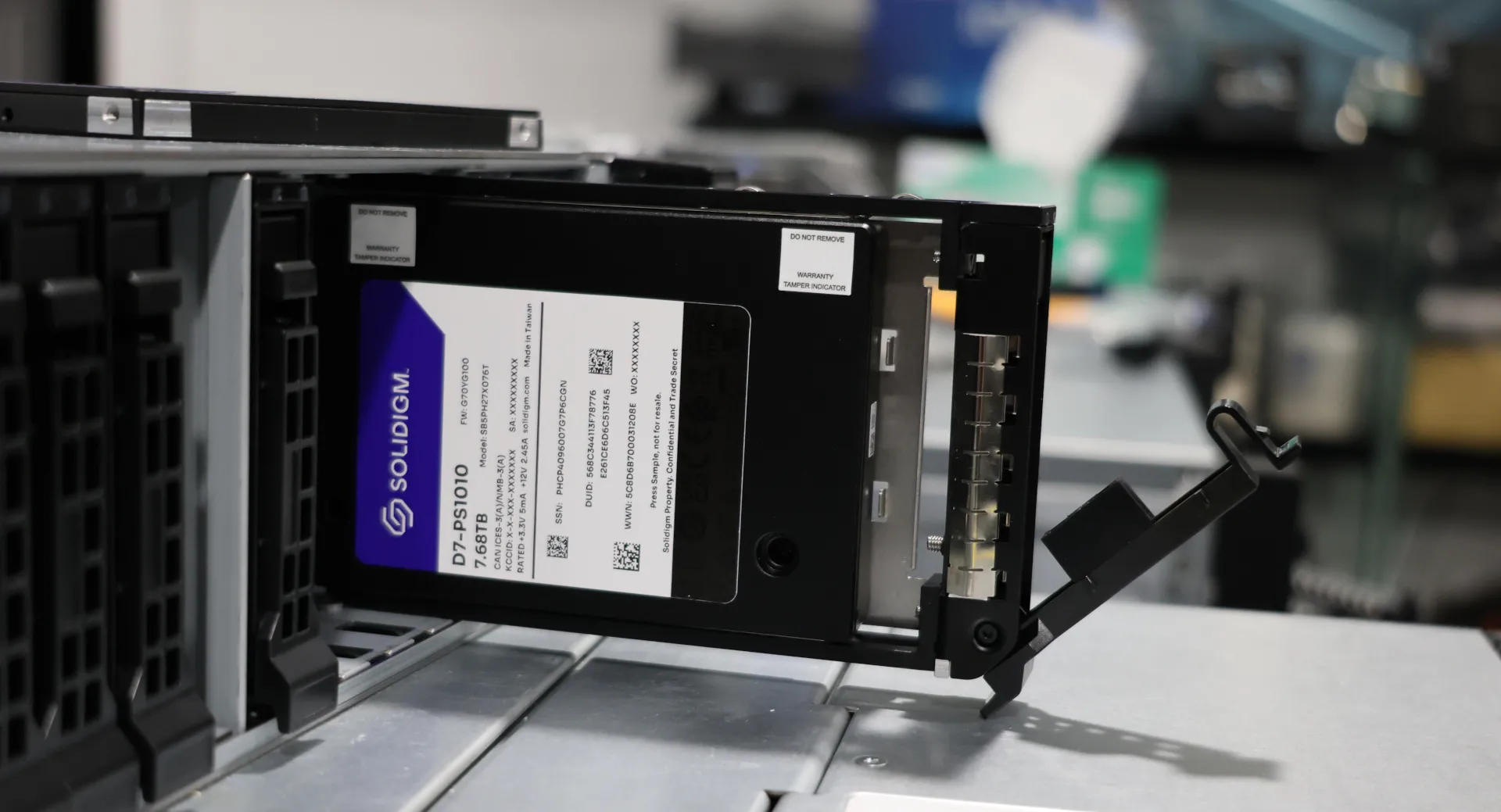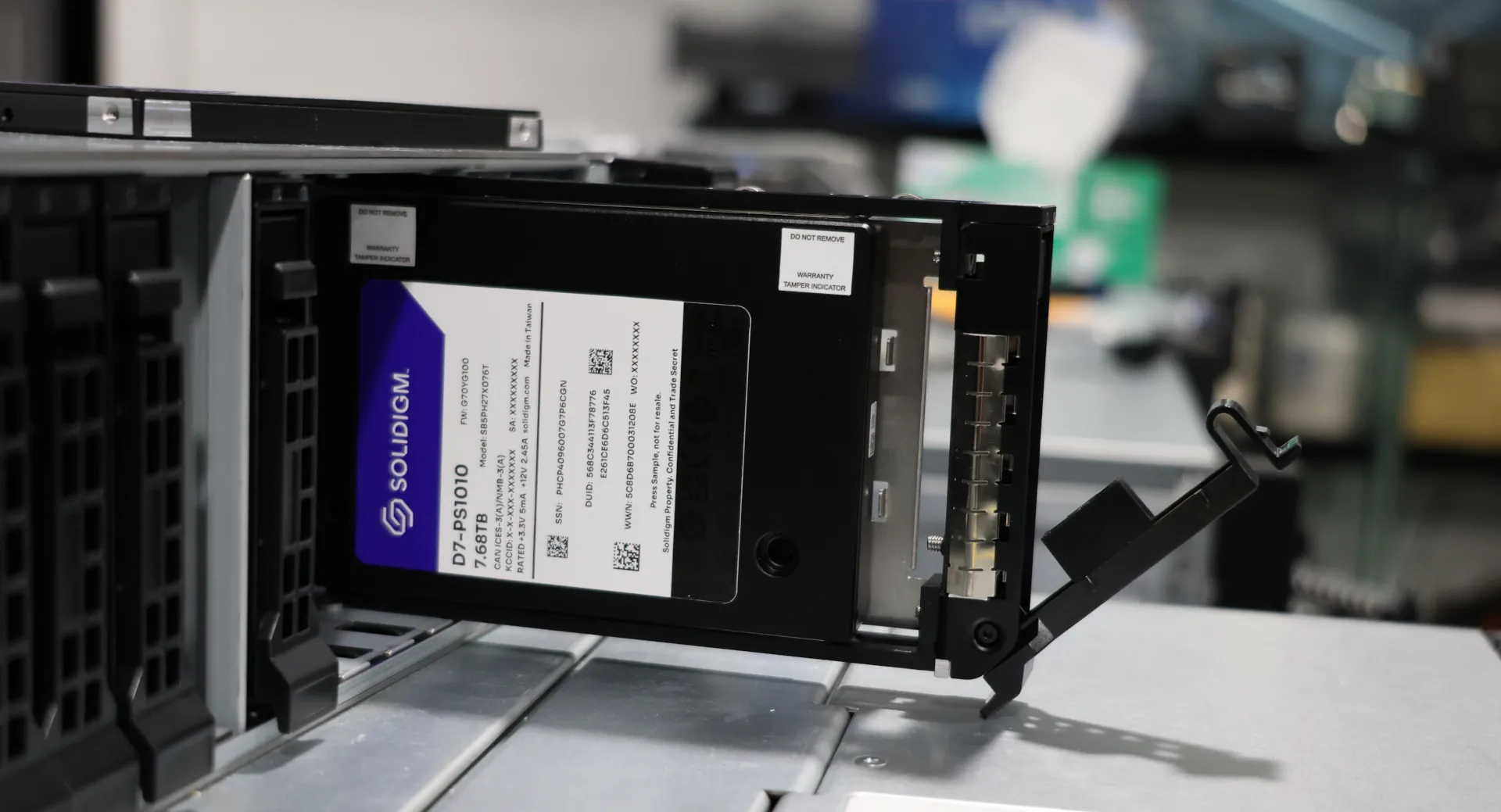I think we’ve probably already spoken on the matter.
That’s definitely possible. Unfortunately, I don’t recall it 😅.
Indeed, Lemmy has a serious dearth of users interested and using secure distros over the averages.
It’s definitely better at this than the platform that starts with an “R” and rhymes with “shit”.
Thanks for your efforts; I do not know how to follow users on Lemmy but if I did I’d follow you. Do you have a blog/any other forum you’re more active on?
That’s such a compliment. This is definitely one of the nicest things I’ve read on Lemmy. I really appreciate it.
Unfortunately, I’m only somewhat active on Lemmy. FWIW, consider checking out the following places if you haven’t yet:
- dataswamp.org/~solene
- privsec.dev
- tech.michaelaltfield.net/
And, of course, Qubes OS’ forums.
Personally, I find it difficult to justify the time to learn Secureblue (especially the immutable part) or NixOS on Qubes because custom DispVMs with curated salt states work so well already. I’m interested in use-cases that will improve my security but I haven’t found any dialogue on this yet. If you do have opinions on this and know where I can look, I would greatly appreciate it!
As I’ve previously alluded to, I don’t have any hands-on experience with Qubes OS yet. So, I don’t think I can contribute meaningfully in this discussion. However, IIRC, there are some discussions found on the forums/discussions page for Qubes OS.








IIRC, it stops working whenever you disable JavaScript.